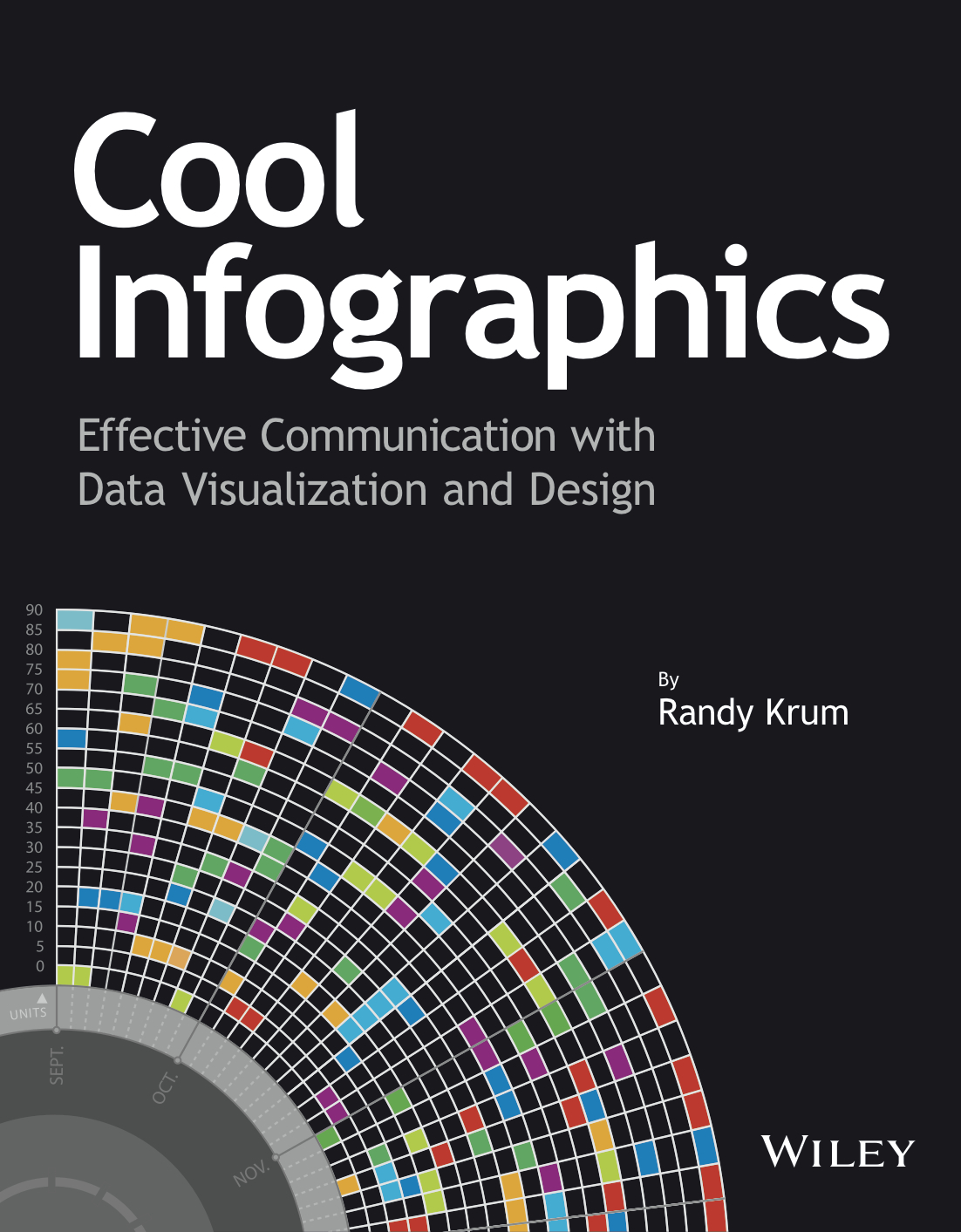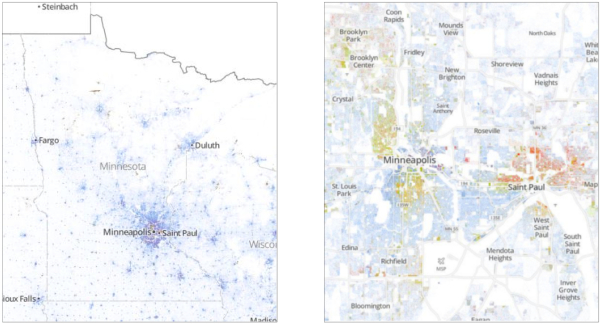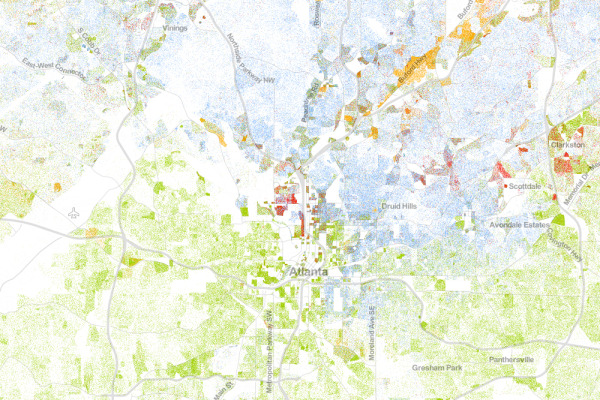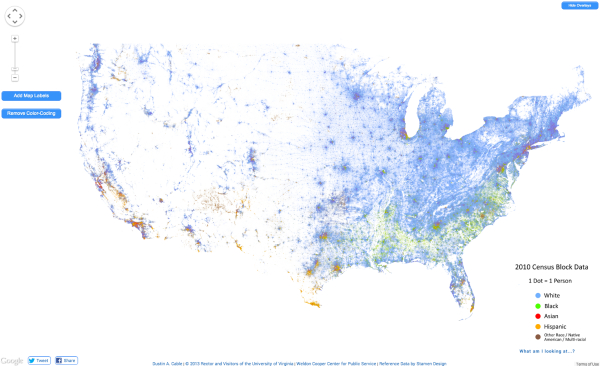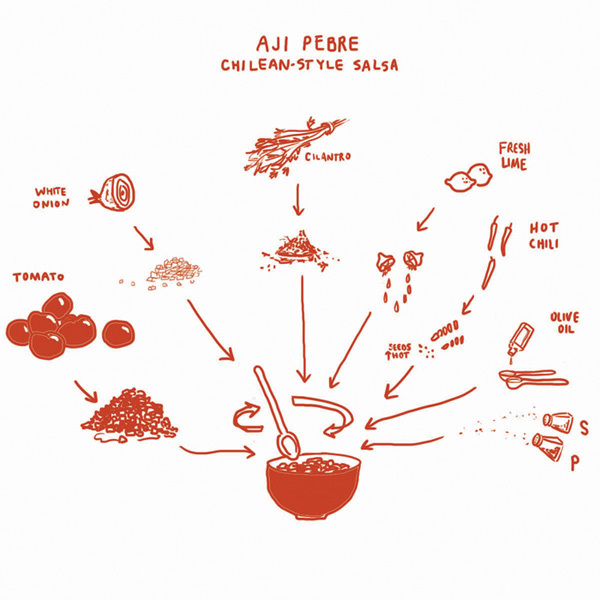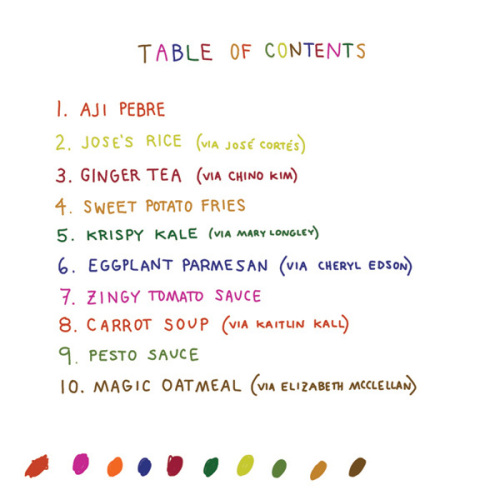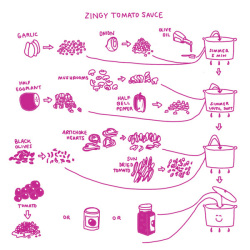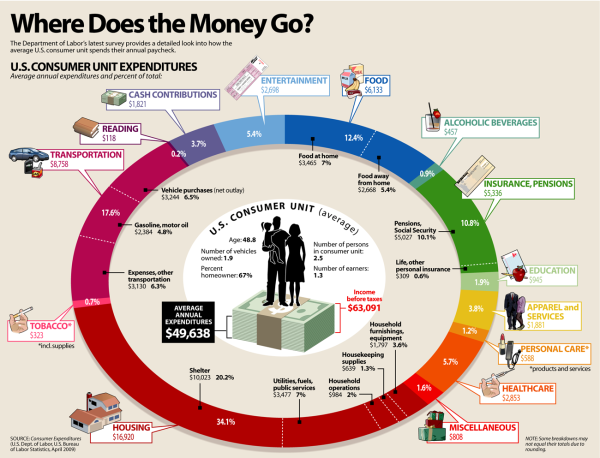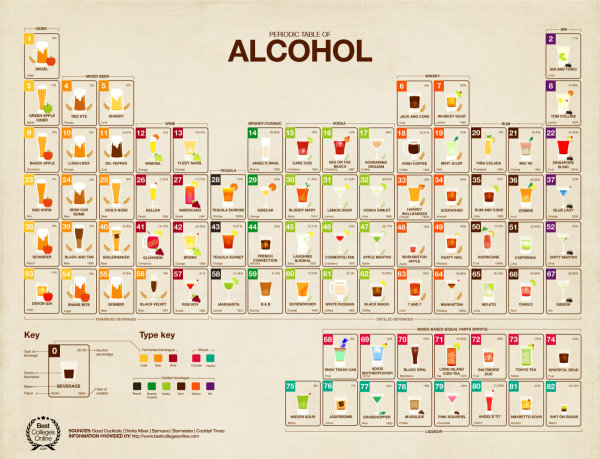The Guide to Star Trek Uniforms
The Gude to Star Trek Uniforms infographic from Costume Supercenter. Make sure you know what uniform your wearing!
When the original Star Trek television series started, male and female officers wore similar outfits. The male Star Trek uniforms consisted of black pants, black boots and a velour shirt with the symbol on the left side. Females wore the same type of shirt, with black boots and tights, and a black skirt, although in some cases they wore black pants. The color of shirt worn identified the branch the crew member belonged to. Those in green shirts worked for command personnel, while beige stood for operations, and blue was for medical personnel only. The velour shirts were changed to nylon shirts starting in the third season. You can find many of the Star Trek Costumes here.
Don’t be the red-shirted ensign!
The footer of the design should include the copyright information and the URL to the original infographic landing page so readers can see the full-size infographic. The Costume Supercenter logo should also be somewhere on the design to connect the infographic to the publishing company.
Found on Visual.ly
 Characters,
Characters,  Star Trek,
Star Trek,  Television,
Television,  costumes,
costumes,  evolution,
evolution,  history,
history,  movies
movies 

